The winner

According to the Jury, "His dramatic design represents a vision of the future in which the considerations of space and resources will impact on the way people drive."
In order to retain the exhilarating feeling of driving, Maghsoudi’s MONZA features an extended front wing that lifts the nose off the ground at high speeds so that it is as much flown as it is driven.

The design takes a number of current technologies a step further to offer an experience that is safer and more socially and environmentally aware than existing vehicles, whilst remaining focused on driver enjoyment.
This pragmatic approach ensures the concept remains entirely credible as a direction in which the automotive industry could head.
This was true of many of the winners in other categories.
The other winners
Filip Krnja’s team from the Royal College of Art,
UK, won the Best Innovation award.
The Best Innovation Award has been won by a team comprising Filip Krnja, Ehsan Moghaddampour and Jamie Tomkins from the Royal College of Art in the UK.
Their design envisages a three-storey tower in 2030 Beijing which represents three levels within society and from there the group has designed three radically different vehicles to suit the values and ambitions of the tower’s occupants.
The Best Use of Technology Award (sponsored by Volkswagen AG), meanwhile, has been won by Alexey Bykov of Ural State Academy of Arts and Architecture.
His Quattroflex design uses a variety of technologies to make a fun, adaptable vehicle. Most striking is the use of a mechanism that allows the vehicle’s wheelbase to be shortened to allow easy parking or extended for load carrying.
Alexey Bykov of Ural State Academy
of Arts and Architecture, Russia,
won the Best use of Technology award.
The Best Production Interior Award (sponsored by Seton) has been won by Yvan Teypaz of École de Design Nantes Atlantique, France.
He conceived of a truck cab that takes into account its role as a living space as well as workplace.
The roof of the cab can be lifted when the vehicle is parked, creating a more spacious environment. Advances in technology allow all aspects of the interior, including the vehicle’s controls, to be mobile, so they can easily be stowed out of the way when the space is being used for relaxation.
The Best Lifestyle Interior Award (sponsored by Alcantara SpA) was won by Jonathan Punter, also from the Royal College of Art in London, UK.
His Daedalus Concept is based around the idea of a space that adapts depending on whether it is being used by individuals or family groups.
 |
 |
| The Best Safety Innovation has been won by Matus Prochaczka, of the Slovenská technická univerzita v Bratislave in Slovakia |
Yvan Teypaz of École de Design Nantes Atlantique, France, won the Best Production Interior award. |
The interior makes use of adaptable fabrics that respond to human input and offer a large degree of customisation.
The Best Safety Innovation Award (sponsored by Bridgestone) has been won by Matus Prochaczka, of the Slovenská technická univerzita v Bratislave in Slovakia.
He envisaged a car that integrates itself into a railway network for travelling long distances.
A computer ensures the vehicle travels to the correct destination and ensures that its entry onto and exit from the network is synchronised.
 |
 |
|
The Best Lifestyle Interior award was won by Jonathan Punter from the Royal College of Art in London, UK. |
Juan Carlos Catano Cano from Umeå Institute of Design, Sweden has won the Best Personalisation award. |
This enables drivers to relax on long journeys, much as they would do on a conventional train, ensuring they are alert and refreshed when they have to take over control of the vehicle again.
Juan Carlos Catano Cano from Umeå Institute of Design, Sweden, has won the Best Personalisation Award (sponsored by Flotek).
His winning design incorporated flexible seating to allow the interior to be altered to match the user’s preferences and also includes organic light-emitting diode panels that decorate the interior to match the owner’s preferences and moods.

Chen Yu and Yuan Xiangfei from
the
University of Science and Technology Beijing,
China won the Best Eco Design Concept
Best Eco Design Concept (presented by Interior Motives), has been won by Chen Yu and Yuan Xiangfei from the University of Science and Technology Beijing, China.
Their Migo concept of individual taxicab proposes a selection of space saving ideas. Taking inspiration from the way shopping trolleys fit together, the Migo pack together tightly in taxi ranks with the front of the queue always ready for use. Automatic navigation negates the need for a trained cab driver, even if the user is unfamiliar with the city.
The winning design and the different category winners showcase the breadth of young talent looking to join the industry.
The work produced by all the finalists shows how the students have already learned the importance of creating aspirational products that take into account the social and ecological pressures that will shape the future of car making.
(Source: Interior Motives Awards)

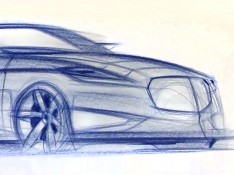
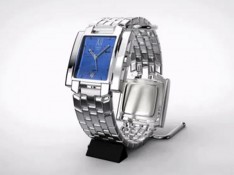
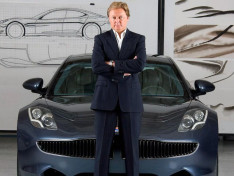
 share on Buffer
share on Buffer

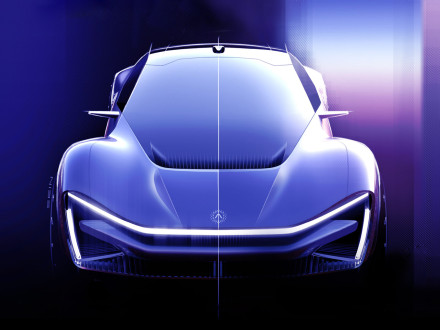
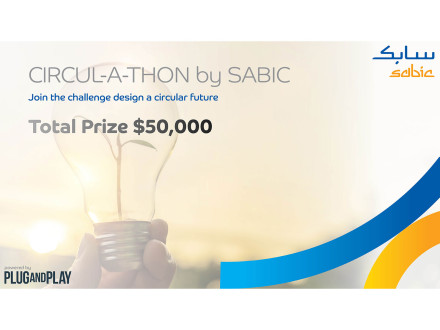
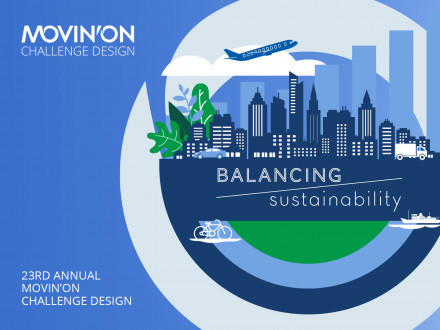



Comments